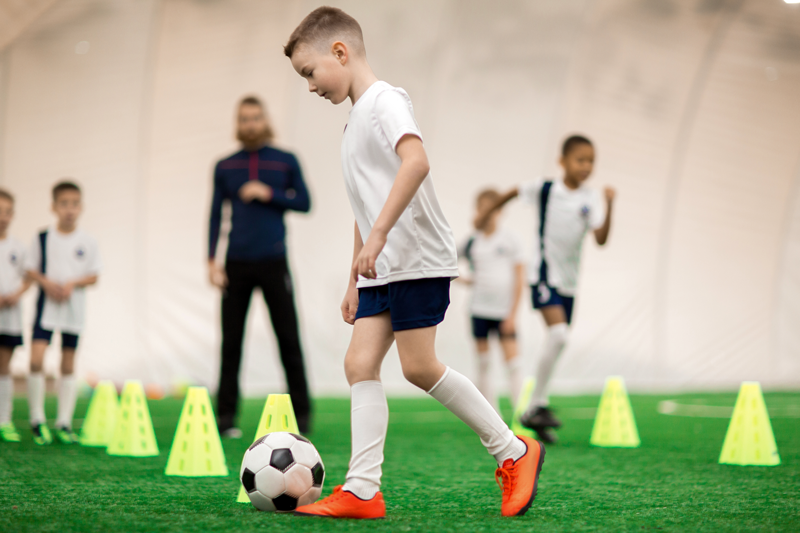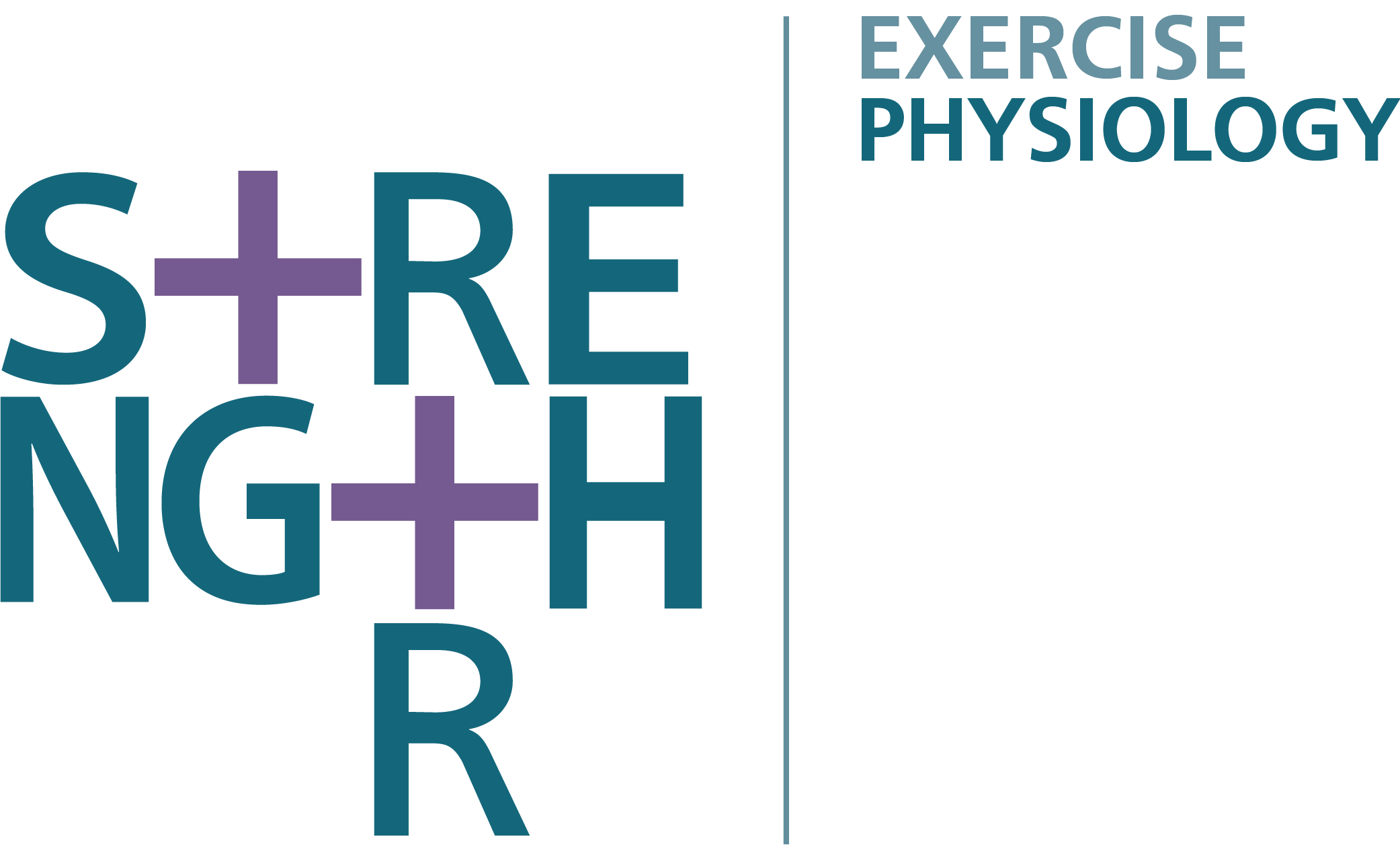Long Term Athlete Development
What is the long-term athlete development model?
This model involves the systematic and progressive development of individual athletes over a long period, also known as long-term participant development or long-term player development (LTPD). The key question that LTAD answers is what needs to be done at each stage of human development to give every child the best chance of engaging in lifelong, health-enhancing physical activity, and for those with talent, the best chance of athletic success. Effective long-term athlete development focuses on what is best for the participant throughout their life, rather than just short-term gains and early success.
The ultimate goal of the LTAD model is to address any shortcomings and negative consequences of the current system, while providing positive experiences for all participants.

LTAD model explained
The LTAD model is a Seven-Stage framework. This framework is utilized to structure the involvement, preparation, contest, and restoration paths in
sports and physical activity, which is relevant from infancy to all phases of adulthood. The model consists of seven stages:
1. Active Start
2. Fundamentals
3. Learn to Train
4. Train to Train
5. Train to Compete
6. Train to Win
7. Active for Life
The LTAD (Long-Term Athlete Development) model is designed to cater to the specific needs of individuals at different stages of development, and
serves as a reference point for coaches, administrators, parents, and sport scientists. It acknowledges the importance of both participation and
performance-based approaches to sports and physical activities, and emphasizes the development of physical literacy during early childhood.
Furthermore, the rates of obesity and inactivity remain high and it’s crucial to take action. Long-term athlete development has the potential to act as a catalyst for improving the quality of sport by questioning and challenging the underlying beliefs and theories that have hindered its progress.
When children enjoy participating in physical activities, they are more likely to engage in them consistently. The LTAD framework serves as a guide that begins by educating parents about the sports their children can participate in. We all face significant challenges in maintaining our health, but the LTAD model is a tool that can be used to enhance the quality of sport and physical activity. By utilizing the key factors outlined in this model, coaches, teachers, and parents can facilitate the development of physically literate children, elite athletes, and healthy, active individuals throughout their .

Key factors of long-term athlete development
This seven stage model is built on the following 10 factors:
1. Physical Literacy
Physical literacy is a highly discussed topic within the realm of physical education and sports, and it holds significant importance within the LTAD
model. This concept prioritizes the mastery of fundamental human movements, fundamental movement skills, and foundational sport skills, all
of which are essential for long-term engagement and success in physical activities, while also enabling individuals to perform to the best of their
abilities.
2. Specialisation
Specialization in sports refers to the practice of limiting an athlete’s participation to a single sport, training and competing in it year-round.
Sports can be categorized into early and late specialization. Early specialization sports (such as gymnastics, diving, and figure skating)
require training at an early age (around 5 to 7 years old) for future excellence, due to their acrobatic and artistic nature. However, most sports
fall under the category of late specialization, and some require very late specialization. It is important to note that the appropriate time for
specialization varies by sport. Late specialization sports, including football, hockey, and basketball, can still be mastered at the elite level as long as specialization begins between the ages of 12 and 15. However, it is crucial that these athletes have already developed physical literacy.
3. Age
Children grow and develop at varying rates, so coaches must consider the athlete’s age when designing training, competition, and recovery programs, regardless of their LTAD stage. However, determining an athlete’s age is not as simple as just checking their date of birth. Coaches must take into account several age categories, including chronological age (the number of years and days since birth), relative age (the differences in age among children born in the same calendar year), developmental age (physical, mental, cognitive, and emotional maturity), skeletal age (the maturity of the skeleton based on bone development), general training age (the number of years in training and sampling of sports), and sport-specific training age (the number of years since the athlete specialized).
4. Trainability
In order to design effective training and competition programs, coaches and teachers must be cognizant of the sensitive periods during which training for various body systems produces optimal effects. These body systems include stamina, strength, speed, skill, and flexibility.
5. Intellectual, emotional and moral development
To create successful training and competition programs, coaches and teachers must understand the periods of time in which training for different body systems has the greatest impact. These body systems encompass stamina, strength, speed, skill, and flexibility. It is crucial for coaches to be aware of these sensitive periods to design effective programs.
6. Excellence takes time
Studies have proposed that individuals require a minimum of ten years of practice to reach elite levels of performance in any field (Ericsson et al.,
1993; Ericsson et al., 2007). However, some argue that talent is innate and can be accelerated with proper training. Irrespective of whether a young
athlete has natural talent, years of training and practice are crucial for them to excel in a sport.
7. Periodisation
Periodisation in sport involves managing time to ensure that training is conducted at the appropriate time. It involves arranging training components in a sequence that spans weeks, days, and sessions. This approach is also tailored to the specific situation and is dependent on the
time required to achieve the necessary improvements in training and competition.
8. Competition
In sports, competition is a significant driving force that guides actions.
Coaches often use competitions as a basis for instruction and success is often measured by competition outcomes. Consequently, creating
developmentally appropriate competitions is crucial in the LTAD model.
9. System alignment
Participating in sports and physical activities involves exposure to various settings and situations that can be considered as a system. From an
individual’s perspective, the alignment of this system provides guidance for parents and athletes as they progress through the LTAD pathway. On an organizational level, the alignment of the four key sectors of health, education, recreation, and sport is essential in creating an effective system.
LTAD is athlete-focused and coach-driven, with support from administration, sport science, and sponsors.
10. Continuous improvement
The idea of continuous improvement, which is essential to the long-term development of athletes, is derived from the Japanese philosophy of kaizen. Kaizen refers to the process of making gradual improvements or changes for the better. As the world of sports and athleticism is constantly evolving, continuous improvements are necessary to keep up with the changes.
Although change can be challenging, taking no action to improve sports can lead to declining participation rates, increased obesity, and other
problems.

